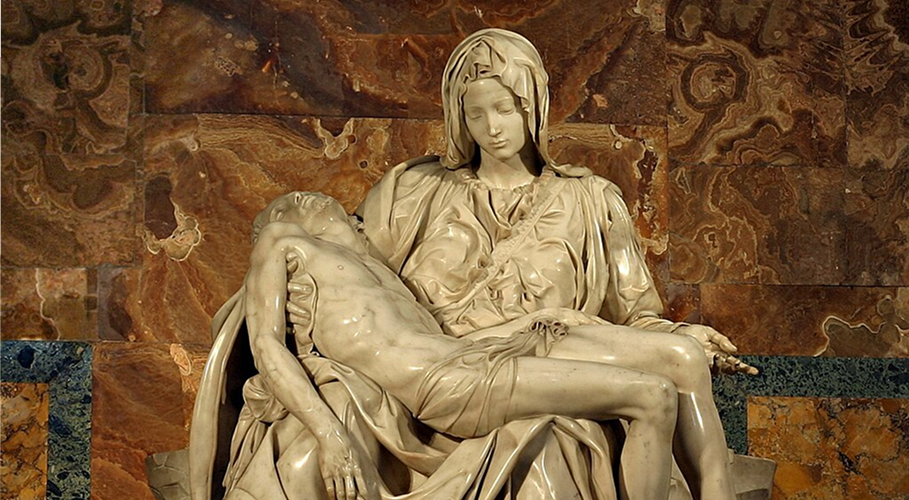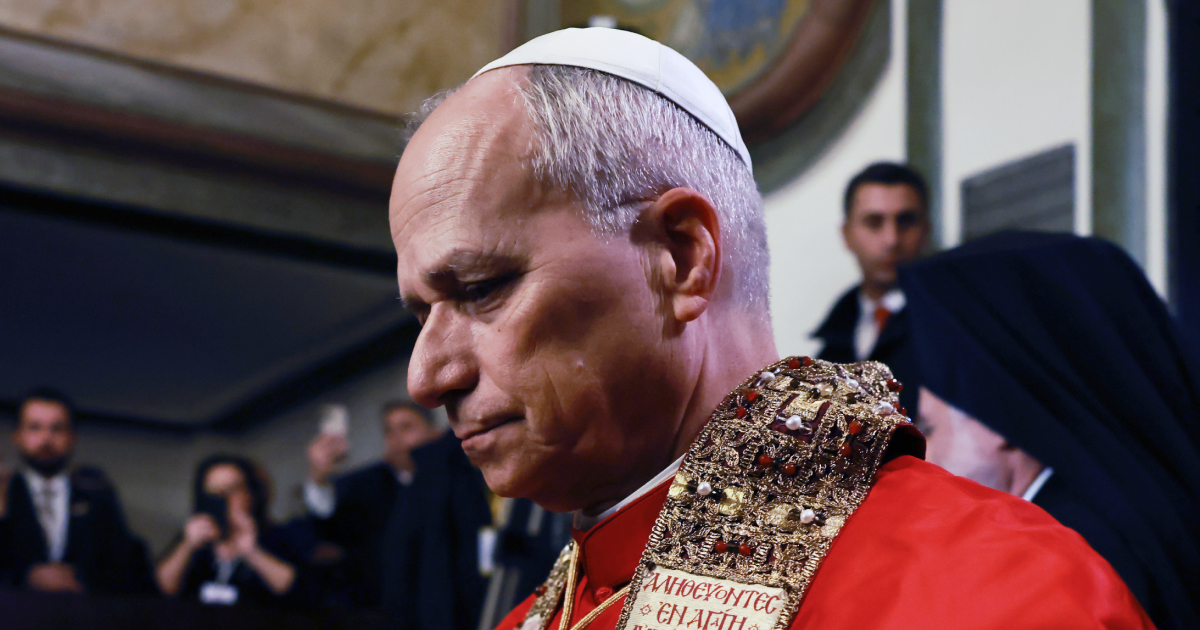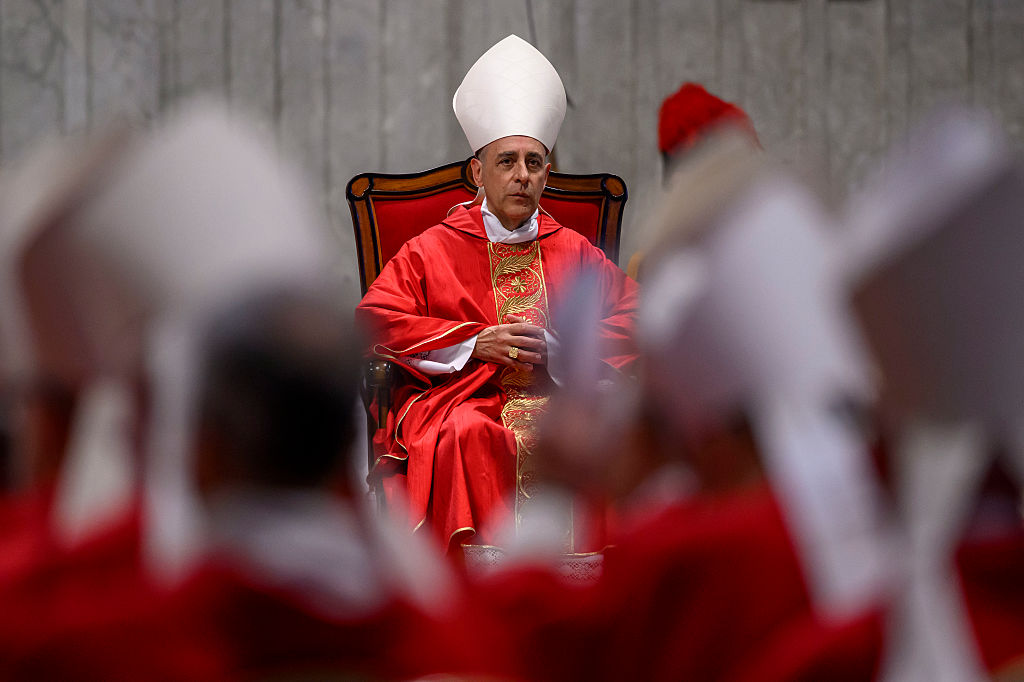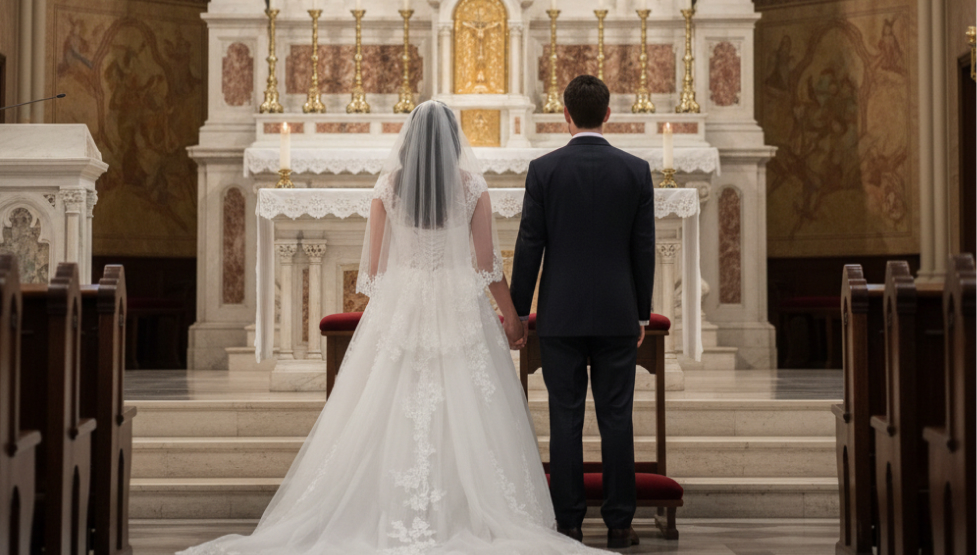The Vatican’s Dicastery for the Doctrine of the Faith has announced that it will present a new doctrinal note “referring to Mary’s cooperation in the work of salvation.”
The document is titled Mater Populi Fidelis (“Mother of the Faithful People”), with the Italian subtitle Nota dottrinale su alcuni titoli mariani riferiti alla cooperazione di Maria all’opera della salvezza. It will be unveiled from 11.00 to 12.30 in the morning at the Jesuit General Curia, with free entry and a reception to follow. The Vatican Press Office will release the full text of Mater Populi Fidelis at noon on 4 November.
Cardinal Víctor Manuel Fernández, Prefect of the Dicastery, will preside at the presentation. He will be joined by Professor Maurizio Gronchi of the Pontifical Urbaniana University, a consultor to the Dicastery, and by Msgr Armando Matteo, Secretary of the Dicastery’s Doctrinal Section.
Observers note that the timing and title of the note have drawn interest in how it will address the question of Mary’s role in redemption. Theologians and commentators are speculating whether Mater Populi Fidelis will touch on the controversial title “Co-Redemptrix” (Co-Redeemer). The term, long used in Catholic devotion, has been debated for decades. Supporters have petitioned the Vatican to define Mary’s cooperation in salvation as dogma, while critics warn that the title may exaggerate her role and risk damaging ecumenical relations with other Christian denominations.
Some hope the new note might affirm or clarify the concept of Co-Redemptrix; others expect it will avoid the issue, mindful of ecumenical sensitivities. Vatican correspondent for Per Mariam, Michael Haynes, has pointed out that in 1913 the Holy Office, now the Dicastery for the Doctrine of the Faith, granted a partial indulgence to a prayer of reparation to Our Lady ending with the words: “I bless thy holy Name, I praise thine exalted privilege of being truly Mother of God, ever Virgin, conceived without stain of sin, Co-Redemptrix of the human race.”
The theological background is complex. Although devotion to Mary’s cooperation in salvation is centuries old, the term “Co-Redemptrix” has never been formally defined by the Church. Medieval liturgies sometimes called Mary “Redemptrix” alongside Christ, with the prefix “co-” added from the fifteenth century to make clear that she is not herself the Redeemer. The title received limited official recognition—for example, in a 1908 Vatican decree on Our Lady’s Seven Sorrows—but the Second Vatican Council declined to define it, preferring broader language in Lumen Gentium.
The debate over Co-Redemptrix was a point of contention during the Council. Many conservative bishops and theologians pressed for Mary to be proclaimed Co-Redemptrix, Mediatrix, and Advocate as a fifth Marian dogma. Petitions for such a definition reportedly gathered signatures from attending bishops, but by a narrow vote the Council decided to integrate Marian teaching into the broader Dogmatic Constitution on the Church (Lumen Gentium) rather than issue a separate schema on Mary.
Lumen Gentium ultimately called her “Mediatrix,” acknowledging her maternal intercession and cooperation in Christ’s saving work, but avoided the stronger title “Co-Redemptrix,” which many Council Fathers feared could obscure Christ’s unique redemptive role and complicate ecumenical dialogue. This marked a deliberate moderation of pre-conciliar enthusiasm for defining the title as dogma.
In modern papal teaching, the issue has been treated with caution. Pope John Paul II used the term “Co-Redemptrix” several times in the 1990s, raising hopes among supporters, but his successor, then-Cardinal Ratzinger, warned that the term was “too far from Scripture” and risked confusing the faithful. Pope Francis has likewise stated that “Christ is the only Redeemer” and described Mary as given to the Church “as a mother, not as … co-redeemer.”
Ecumenical concerns continue to discourage formal definition, as many theologians fear that advancing a new Marian dogma could strain relations with Orthodox and Protestant communities. With this in mind, Vatican correspondents will be watching closely when Mater Populi Fidelis is unveiled on 4 November.
(Photo by FILIPPO MONTEFORTE/AFP via Getty Images)










.jpg)





